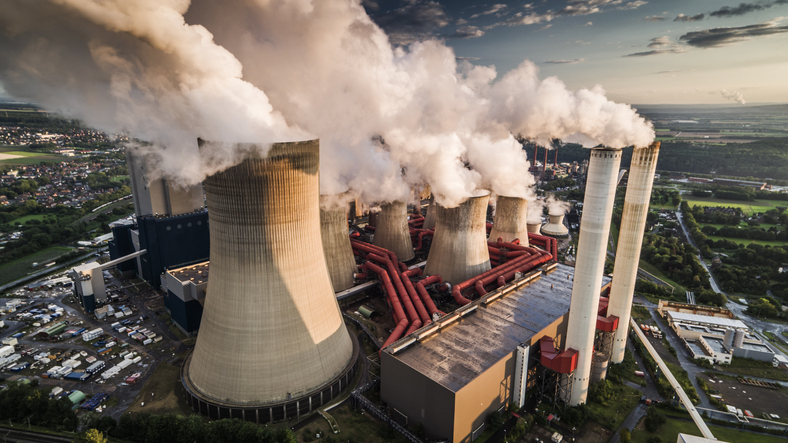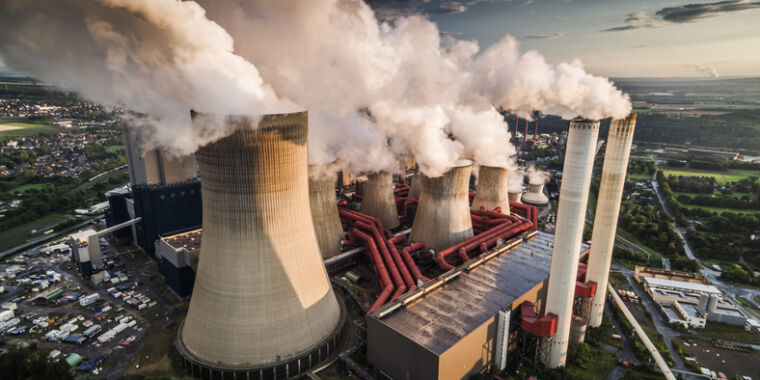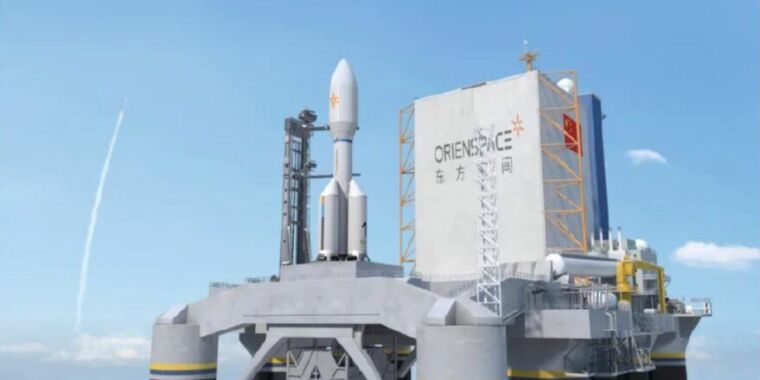
About a year ago, President Joe Biden set an ambitious climate target: The US should cut its greenhouse gas emissions roughly in half by 2030. That’s consistent with what we’d need to do to reach some of the goals of the Paris Agreement, but it provides very little time to get our emissions under control.
That raises some obvious questions. Is it even possible? If so, how? To find out, a group of energy experts used six different models of the US energy economy, tasking each with reaching a state where emissions are consistent with our goals. The good news is that all the models provide routes to getting there. While the exact details vary from model to model, their common features strongly hint at where our focus needs to be.
Route finding
Greenhouse gas emissions come primarily from energy use, both for generating electricity and powering transportation. Industrial processes can also release either carbon dioxide or other greenhouse gasses, some of which have an even higher warming potential. It’s possible to track the costs and benefits of altering the weight of each of these sources. In some cases, it can involve switching an industrial process to alternate materials or from fossil fuels to a renewable source. Alternately, it could include offsetting continued emissions through things like carbon capture or reforestation.
The models used here find ways of optimizing the economics of different emissions levels. Give them a target—50 percent emissions cuts, in this example—and they will find the lowest cost method of getting there. Because all the models include somewhat different assumptions about the economics, they don’t all produce the same output. That’s useful, given that a result’s consistency across multiple models provides stronger confidence that the result is reliable.
For the work here, the research team relied on six detailed models widely used to track US emissions and its energy economy.
The good news is that all of the models found reasonably economical routes to get greenhouse gasses down by half, and the general outlines of those routes are pretty similar. But there are differences in the details.
It’s the grid, stupid
One clear thing was that most models relied on nearly every option we have for reducing net carbon emissions. For example, four of the six relied on land-use changes—think planting trees—to reach their targets. Emissions from buildings showed up in five of the six, and all of them targeted greenhouse gasses other than carbon dioxide. But, for the most part, these contributions were relatively small compared to two major contributors: transportation and the electric grid.
Every model expected changes in emissions from generating electricity to cover over half the needed reductions. Transportation tended to contribute another 20 percent or so; combined, the two accounted for 70 to 90 percent of the required reduction, depending on the model. There were a few exceptions—one model had transportation, land-use changes, and non-CO2 greenhouse gasses making roughly equal contributions—but most models agreed on the top priorities.
That’s a positive for us, as the vast majority of the US’s emissions reductions are already coming from changes in the electric grid. The reductions are driven by a mix of retiring coal plants and the rapid growth of solar and wind power. The present trend in coal’s decline is not too far off from where we need to be to hit our targets—we’d only need a slight acceleration. But the striking thing is where that would leave us: a near-complete retirement of coal power plants by 2030.
Depending on the model, renewable power installations would have to increase anywhere from “dramatically” to “unreasonably.” On the dramatic side, some models call for a doubling of wind and solar installs compared to the historical averages, rising to about 30 gigawatts of capacity per year. That’s roughly what we managed in 2020, so it’s possible. In the unreasonable category, we have a pace that’s three times higher, at over 90 gigawatts annually, which would require significant changes in manufacturing and installation capacity.
One of the reasons for the different reliance on renewables is that about half of the models start doing carbon capture on the remaining natural gas plants.
For transportation, the big target is the electrification of light-duty vehicles; electric versions of those vehicles represented only four percent of sales in 2021. The Biden administration has set a target of 50 percent electric vehicles by 2030, but the models were all over the map in terms of goals. Different models called for anywhere from 34 percent to an all-electric fleet by 2030, with the average being two-thirds electric. A 50 percent sales goal will not get the overall fleet close to the model’s average target.








